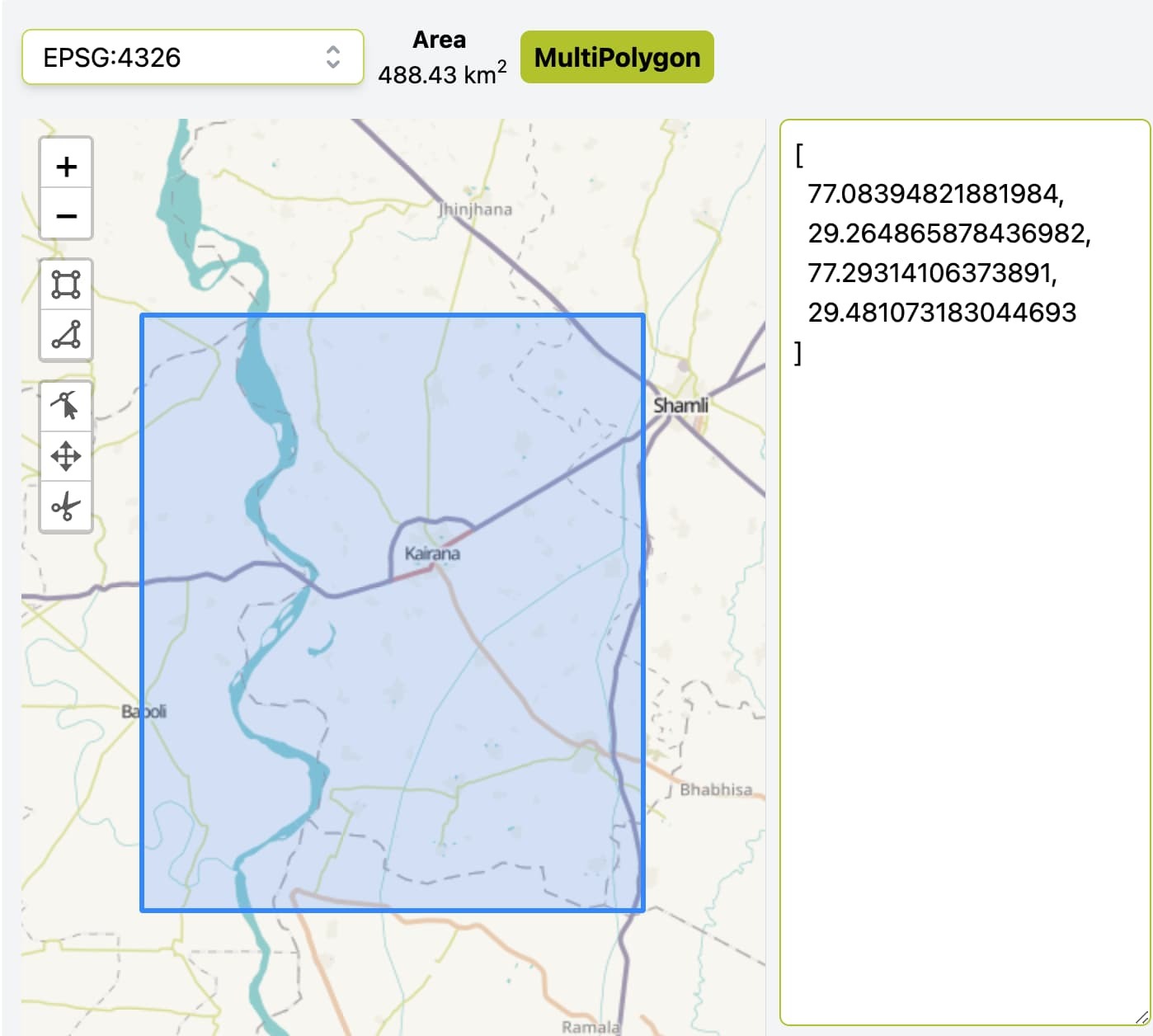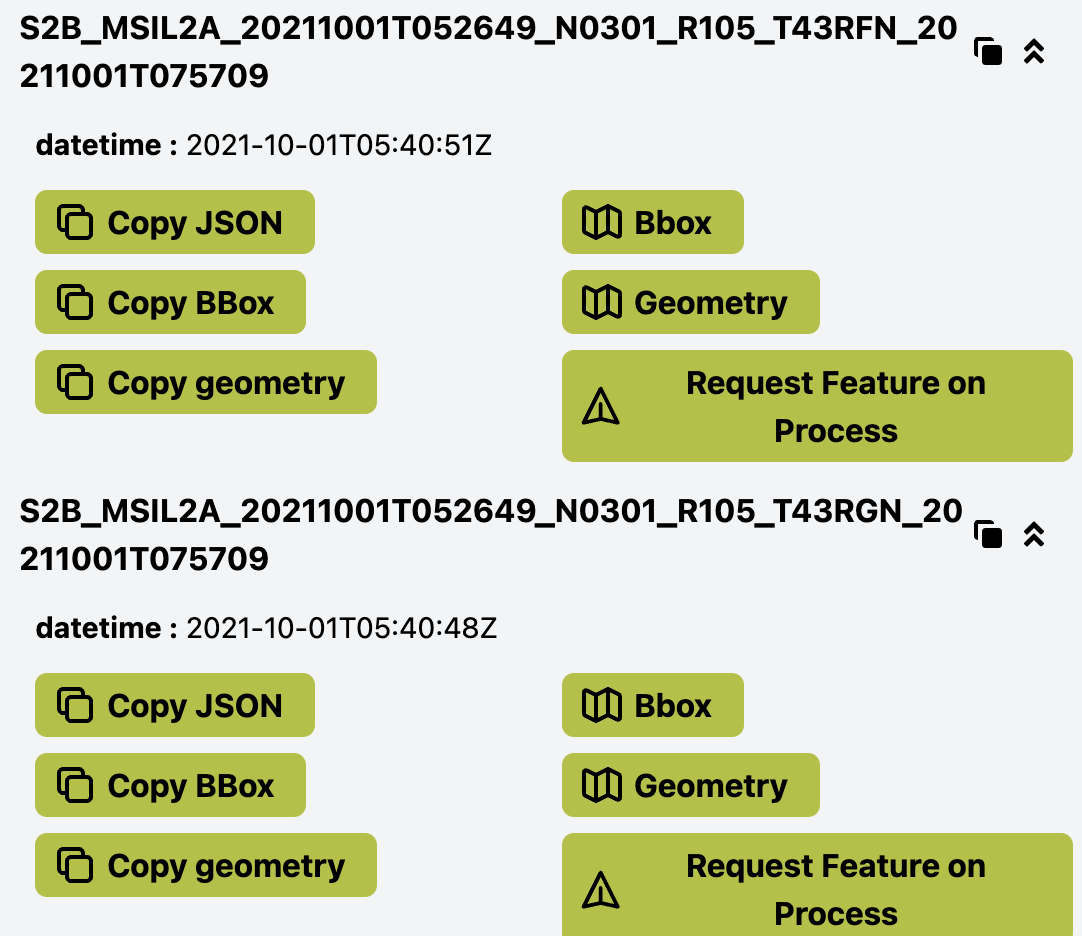Hi,
I used a list of timestamps to initialise an eopatch. But, when i used the SentinelHubInputTask() function to download bands data for those timestamps, i was not able to download it. I was getting 2D arrays where each value was 0 for all the bands. Essentially, no data is getting downloaded.
Thanks




